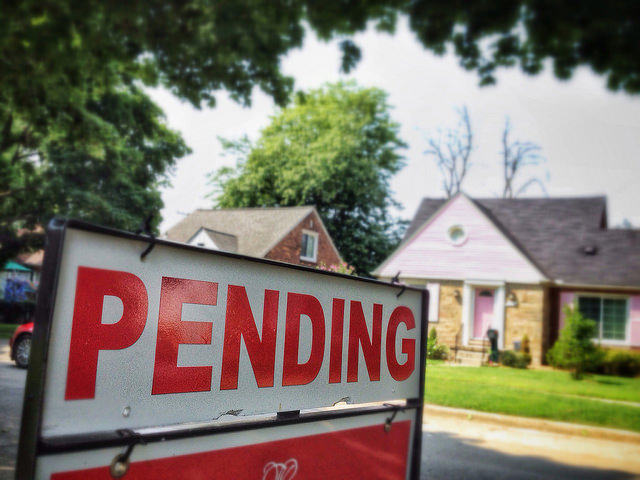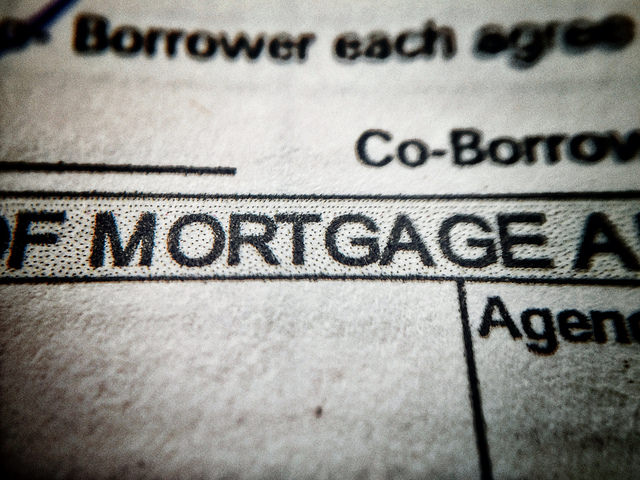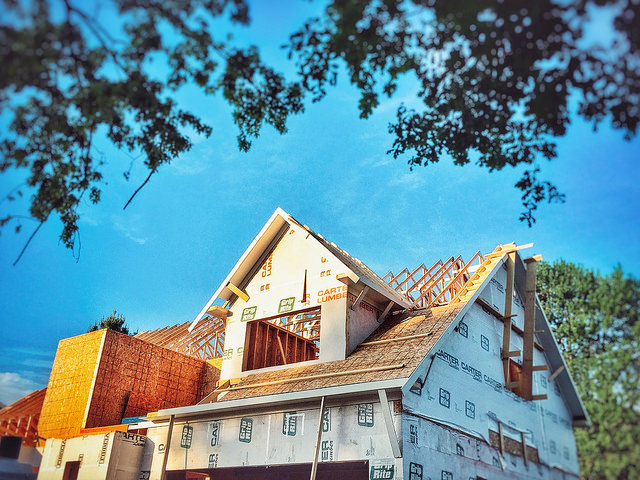Buying a home is a major financial transaction that involves piles of paperwork, years of savings, and the weight of new responsibilities. It’s also about your dreams, though. That’s why, no matter where you live, it can be fun to think about packing up and moving somewhere new. But where would you go, if you were to move away? Well, according to Freddie Mac’s most recent Multi-Indicator Market Index, the hottest housing market in the country right now is Dallas. The index – which compares current data to historical norms in all 50 states and the top 100 metropolitan areas – looks at things like home purchase applications, payment-to-income ratios, proportion of on-time mortgage payments, and the local job market in an effort to gauge how quickly individual housing markets have rebounded from their post-crash lows. Based on those factors, Dallas leads a list that includes Nashville, Honolulu, Ogden, UT, and Los Angeles among the cities that have the healthiest housing markets. But, despite booming markets in some areas of the country, there are others that are still climbing upward. “While we see strong house price growth in markets like Dallas, Houston, Orlando, Phoenix and others, most are still well below their pre-2008 peak and still have significant room for improvement,†Len Kiefer, Freddie Mac’s deputy chief economist, said. That means, whether you fantasize about a good deal in a far-off state or are looking to move to a hot spot closer to home, you’re only limited by your imagination. More here.













